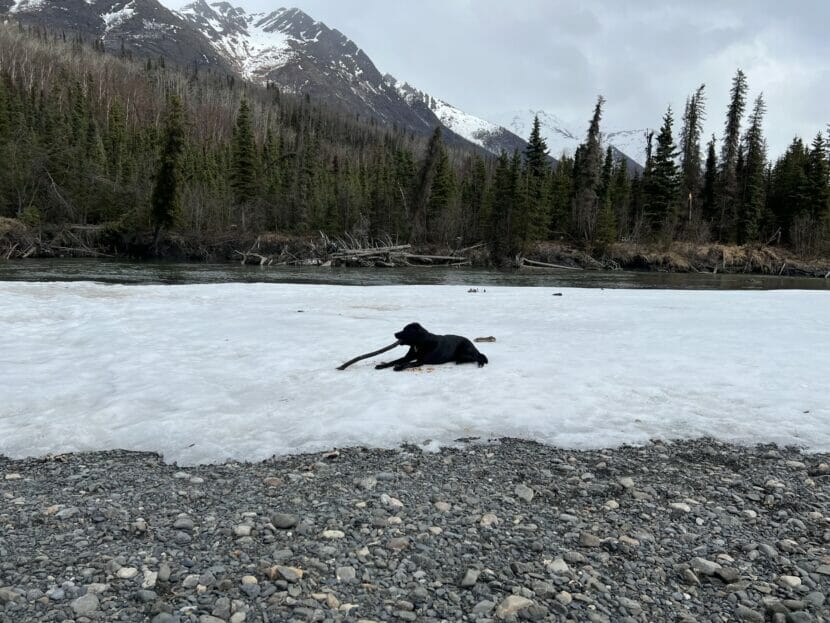Millions of Americans are bracing for a dangerous summer as record-breaking heatwaves are predicted across the US. According to the National Oceanic and Atmospheric Administration (NOAA), states like New Mexico, Utah, Arizona, Texas, and Colorado have a 60-70% chance of experiencing hotter-than-average temperatures.
The northeast and a stretch from Louisiana to Arizona also face a 40-50% chance of above-average heat, while only southwest Alaska is expected to see below-normal temperatures.
Kristy Dahl, a climate scientist at the Union of Concerned Scientists, warns that the planet’s warming is leading to compounded climate disasters due to inadequate infrastructure and government systems.
Texas has already faced severe tornadoes, floods, and heat, with a storm in May causing widespread power outages and fatalities.

The heatwave in the US is linked to a heat dome over Mexico, causing record temperatures and raising concerns about water supplies and wildfires. Meanwhile, smoke from Canadian wildfires has already spread to the Midwest.
This summer’s heat forecast comes as El Niño transitions to La Niña, further intensifying global warming. NOAA, health officials, and local governments are preparing for extreme heat, which has become more common in previously unaffected areas.
The HeatRisk tool, developed by NOAA and the CDC, offers seven-day forecasts to help communities anticipate and mitigate the impact of extreme heat.
Heat-related deaths, often underreported, affect vulnerable groups such as the elderly, children, and outdoor workers. States like Washington and Oregon have implemented heat-protection laws, while others lag behind.
In Phoenix, Arizona, the nation’s hottest city, efforts to provide cooling centers and expand tree planting are underway, but challenges remain, particularly for the homeless population.
The summer could set new heat records and possibly lead to a severe hurricane season, exacerbating the dangers posed by the changing climate.

